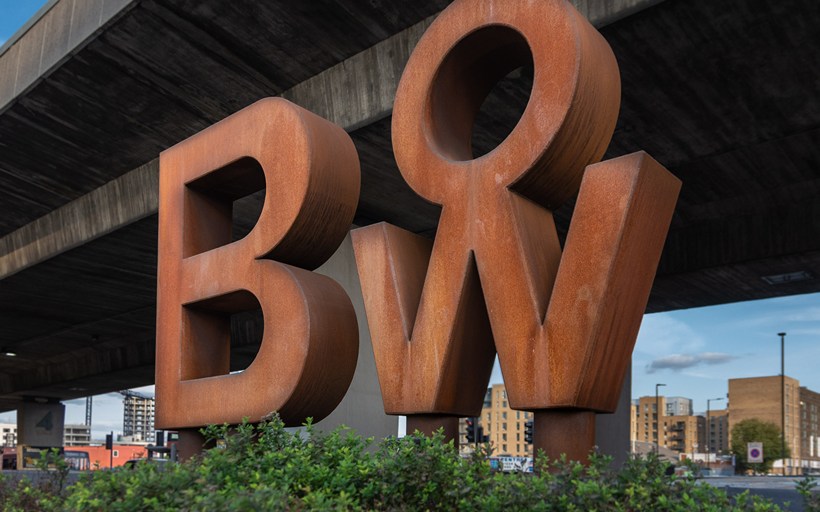East London, true Cockneys
Bow, East London E3 is in the London Borough of Tower Hamlets and is historically the heart of the East End. To attain status as a true Cockney, you must be born within the sound of ‘Bow Bells’ from the church of St Mary-le-Bow in the City of London. In the 1800s, the bells could be heard across neighbouring boroughs from the City of London. Increased ambient noise has reduced the area where the bells are now heard. The Bow area can trace its origins back to the year 1110. It is one of the oldest suburbs in London and was formerly a part of Stratford.

The Bow China Works was one of the country's best-known porcelain producers until the late 18th century. The area has also been referred to in literary works. It was mentioned in Chaucer’s ‘Canterbury Tales' in the 14th century. It was also strongly associated with Sylvia Pankhurst, who set up the East London Federation of Suffragettes and worked to improve local residents' conditions.
The word "Bow" is an abbreviation taken from the medieval name town name Stratford-at-Bow, in which "Bow" refers to the bow-shaped bridge built here in the early 12th century. Bow was once home to London’s largest factory, which manufactured candles and crinoline - The Bryant and May match factory. Amongst other historical events, the London Matchgirls strike of 1888 started there, eventually leading to the successful establishment of the first British trade union for women.
The factory closed in 1979, and the building is now a collection of private apartments known as Bow Quarter, a common theme among many original factories in the area.
Bow was also famous for its 17th-century blue and white porcelain production, known as Bow Porcelain, originally triggered by the large number of animal bones disposed of by local butchers. In the 1950s, much of the East End, including Bow, fell under the influence of the Kray Twins. Their ‘Double R’ club was in a former Bow Road shop. In the most recent history, the area underwent a major regeneration. The rich history combined with modern city improvements and attractive Victorian and Georgian terrace housing can be found alongside modern apartments and council blocks.
Bow hosts a fair amount of art galleries and studios, such as Bow Arts Trust on Bow Road, London Contemporary Opera on Arnold Road, The Engine Rooms Rehearsal Studios on Eleanor Street, Cafe Music Studios on Ordell Road and the Chisenhale Art Place and Chisenhale Dance Space on Chisenhale Street. Plentiful commute options are available from Bow, which is in Zone 2. London Underground Stations at Mile End and Bow Road offer District, Hammersmith & City and Central Line options. The Docklands Light Railway at Bow Church provides easy access to Stratford and various connections and services.
Located within close proximity to the underground and only a 15-minute journey to London Bridge, Bow’s abundant access to parkland, nearby Stratford and the Olympic legacy that is Queen Elizabeth Olympic Park E20. Bow's character and community spirit make it an attractive place to live, and property here sells quickly. If you like the sound of living in Bow, consider Bethnal Green, Hackney, Hackney Wick, Leyton, and Stratford.
Written by Alex Neil Estate Agents
Share This Properties for sale Property valuation Contact us More news

